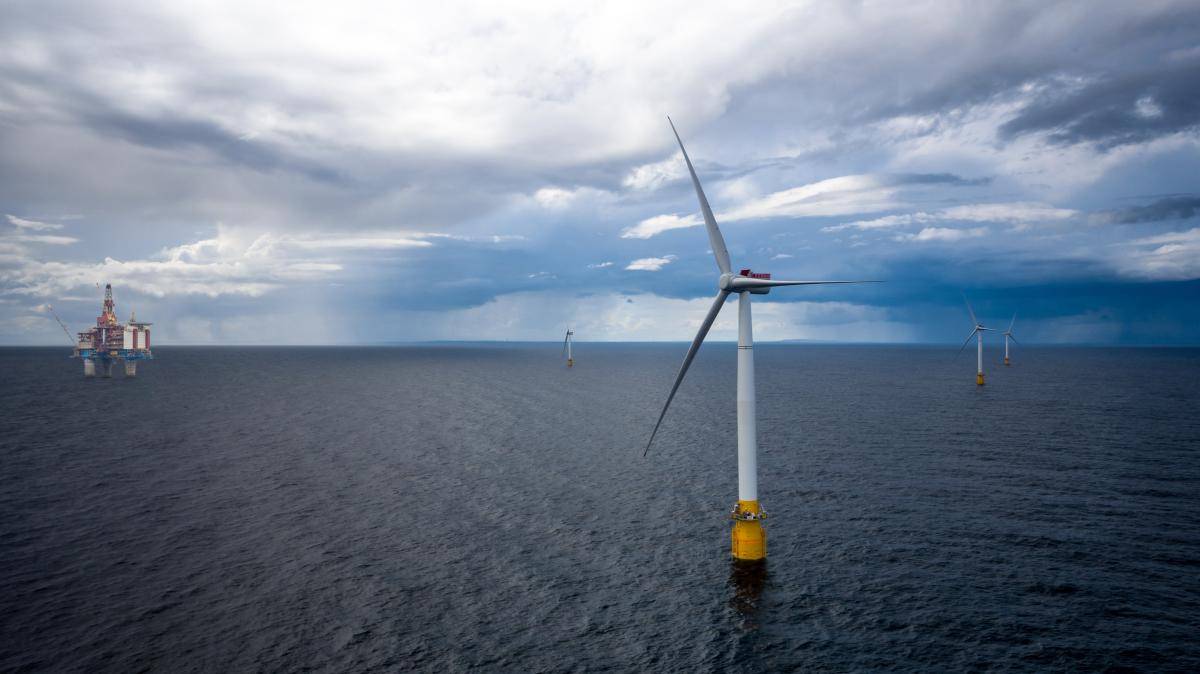
Norway boasts the most significant proportion of renewable energy-generated electricity in Europe, as well as the lowest emissions from the power sector. The Norwegian power supply system’s installed capacity was 33755 MW at the start of 2018, with a regular annual production of 147 TWh. Norskeanmeldelser has reviews you can check solely on energy and power supply in Norway.
Norway is expanding its renewable energy capacity faster than it has in decades. Norway’s electricity market is likely to increase at a CAGR of more than 2% during the forecast period. The country’s population is likely to expand, as is the expansion of power-producing systems fueled by the country’s growing need for electricity. For energy supply in Norway, you can explore Fjordkraft.
For the first time, The government included both the renewables and oil and gas sectors in the Norwegian government’s latest (June 2021) White Paper on the long-term value creation from Norwegian energy resources. In the coming years, the White Paper focuses on the following four aims.
Job creation and economic growth
Norway’s renewable energy resources will be put to good use, allowing for more economic growth and employment creation. It includes developing offshore wind as a source of renewable energy and hydrogen and carbon capture and storage (CCS).Additional electrification
Even though Norway is already heavily electrified, the government presents a strategy for further electrification (onshore and offshore) in its White Paper, focusing mainly on strengthening and coordinating the power grid to meet the demand following further electrification. In this regard, the government created an expert council to analyze the Norwegian electricity grid’s future development. One of the expert panel’s primary responsibilities will be to propose steps to speed up the licensing procedure for new grid infrastructure.
The market is expected to be driven by renewable energy potential.
- Renewable energy sources report for most of the electricity production in Norway. In addition, wind and solar energy contribute to the production of power in Norway.
- By 2030, the EU has promised to boost renewable energy’s proportion from 16% to 27%. Solar energy, along with wind, will account for the majority of fossil fuel substitution. Norway’s energy market is intertwined with that of Europe.
- The amount of energy produced and used from renewable sources has constantly been growing. Norway generated 4.1 TWh of renewable energy in 2018. Renewable energy generation has a lot of potential for expansion, and the government anticipates the total share of renewable energy generation to climb in the future years.
- In Norway, wind energy offers the highest potential for commercialization. Wind power has a small share of total output capacity, but it dominates investment and has a total installed capacity of 2444 MW in 2019. In 2018, approximately 3.9 TWh of electricity was generated.
- Because of Norway’s enormous hydro potential, likely to dominate the power market
- Grid connection is likely to improve as generation capacity, primarily from hydropower, grows fast. This move, in turn, is expected to open up the significant potential for the country’s electricity sector in the future.
- Solar power output is driven by cheaper energy storage, lower costs, smart grids, and digitalization. Norway is in the early stages of solar power development. With a 30% growth rate, installed capacity reached 90.4 MW in 2019 and produced 0.1 TWh of electricity in 2018.
Consequentially, the market is likely to be driven by a vast renewable energy potential, dropping costs of renewable energy technologies, and upcoming projects over the forecast period. Due to geographic factors and hydro potential, the hydropower industry is likely to maintain its dominance in the market during the projection period.
